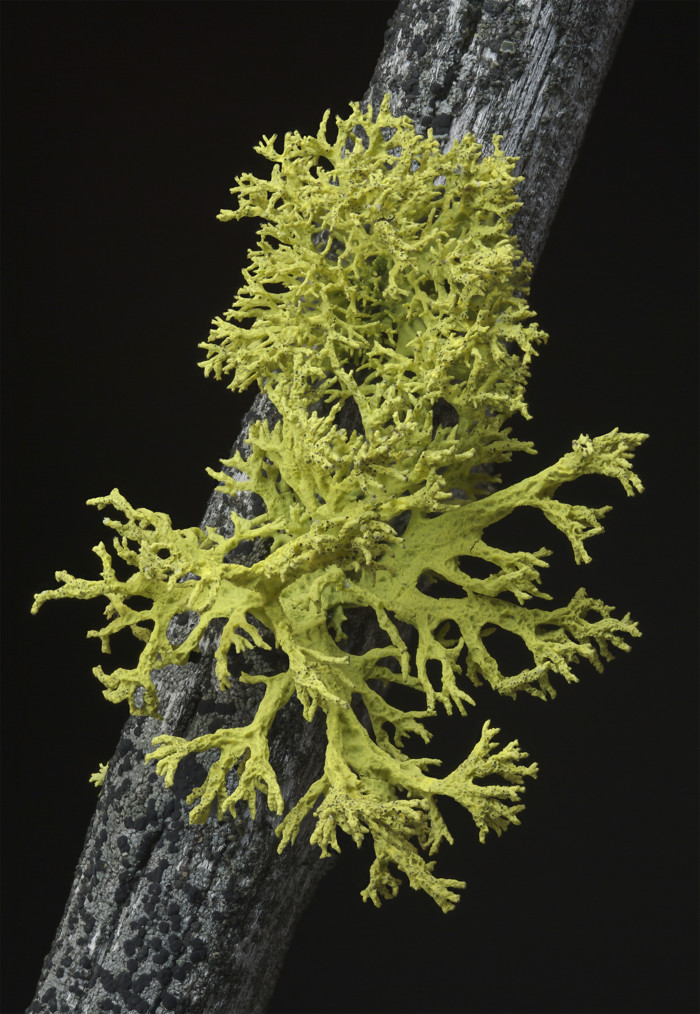A lichen ménage à trois

For over 140 years, lichens have been regarded as a symbiosis between a single fungus, usually an ascomycete, and a photosynthesizing partner. But a research team from Sweden, Austria and USA have shown that that many are instead a threesome, with two fungi in the mix.
Other fungi have long been known to occur as occasional parasites or endophytes, but the one lichen–one fungus paradigm has seldom been questioned.
Here we show that many common lichens are composed of the known ascomycete, the photosynthesizing partner, and, unexpectedly, specific basidiomycete yeasts. These yeasts are embedded in the cortex, and their abundance correlates with previously unexplained variations in phenotype.
Basidiomycete lineages maintain close associations with specific lichen species over large geographical distances and have been found on six continents. The structurally important lichen cortex, long treated as a zone of differentiated ascomycete cells, appears to consistently contain two unrelated fungi.
"The role of the second fungus, a yeast, is uncertain, and some lichen aficionados aren't convinced it is a true symbiotic partner. But others say it's time to “throw the textbook understanding out of the window, writes Elizabeth Pennisi in her Science Column A lichen ménage à trois.
Veera Touvinen and Göran Thor from the department of Ecology participated in the study together with Hanne Johannesson.